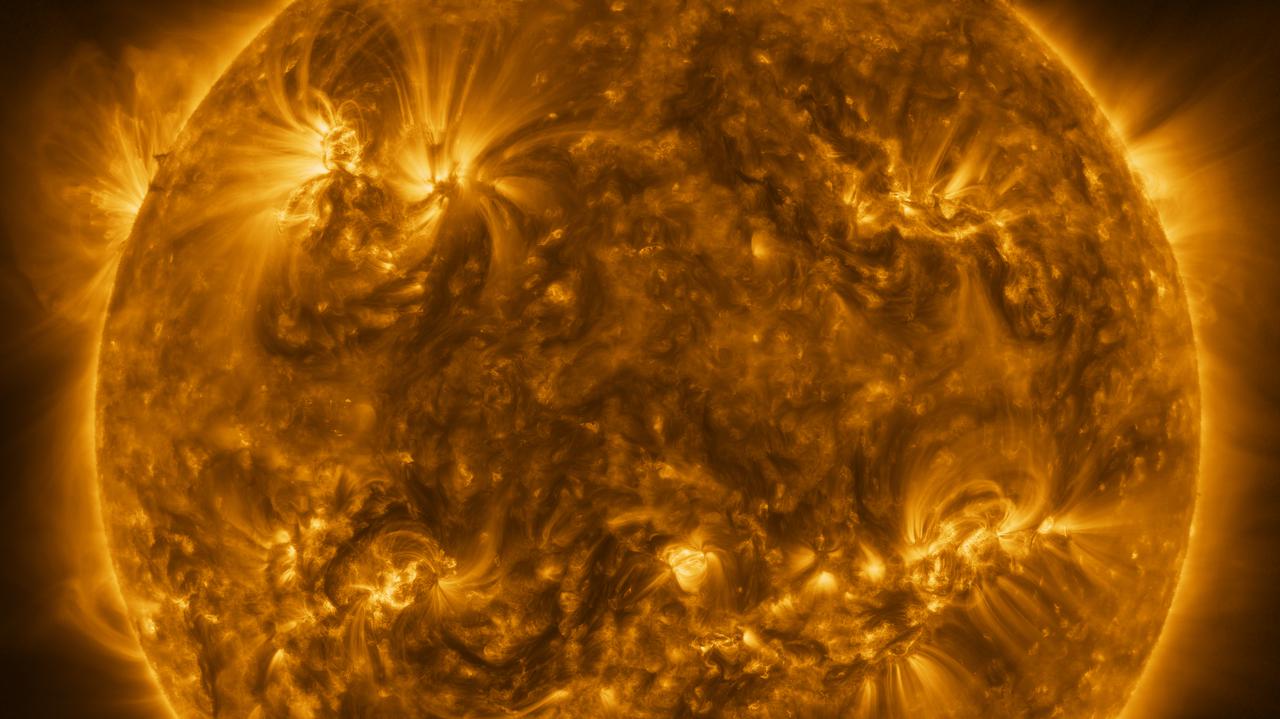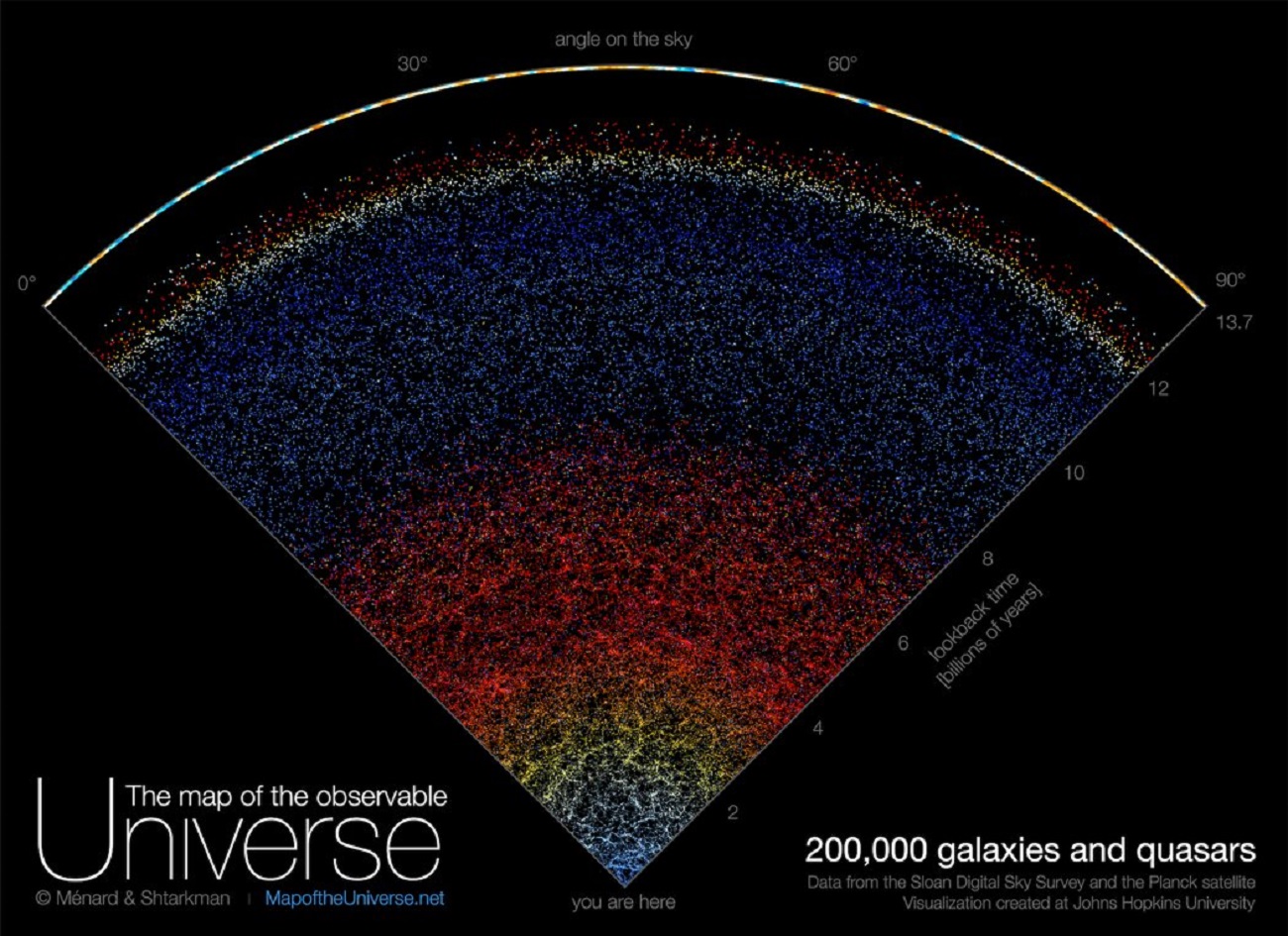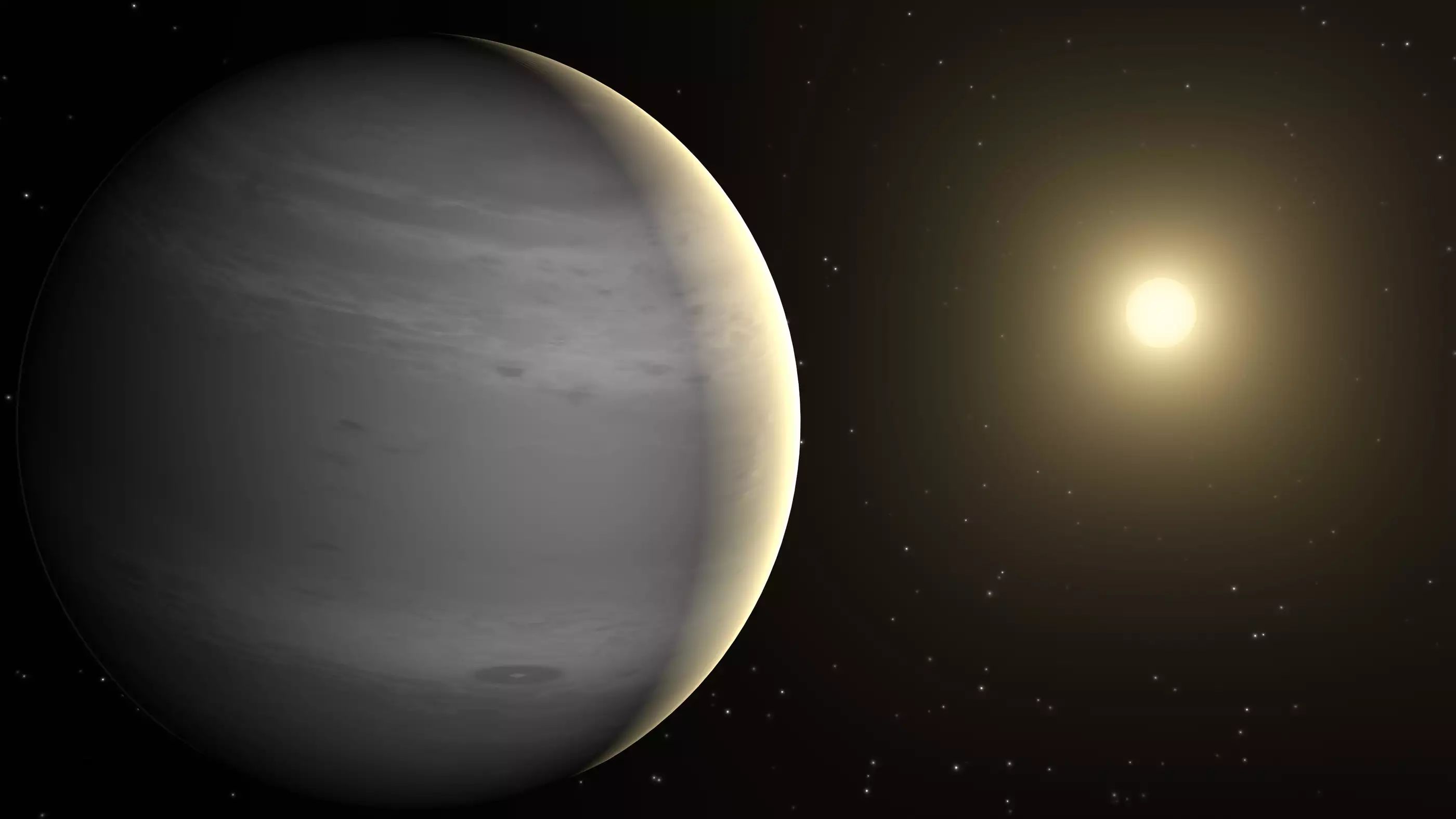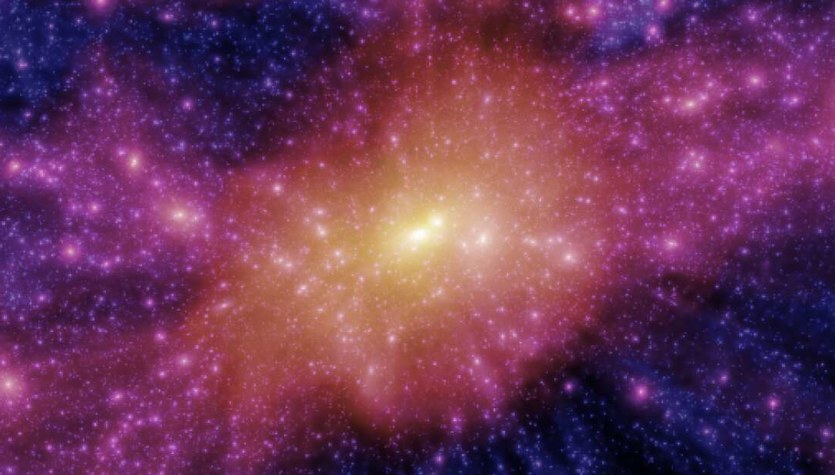No space probe has provided such an accurate picture of the Sun for so long. Scientists from the European Space Agency have shown off a picture of our star today taken by the Solar Orbiter probe. The image is more than 20 images put together in a collage showing the finest details of the surface and corona of the sun.
The image was taken on March 7 with an ultraviolet imaging instrument (EUI). The probe was then 75 million kilometers from the Sun, about halfway between the average orbit of the Earth and the Sun.
From this distance, the probe took 25 images, the exposure time of each of which was about 10 minutes. The photos were then combined into a collage to create a complete picture with amazing quality.
The result exceeded the wildest expectations of scientists. Even the smallest details of the Sun’s surface and corona are clearly visible in the image, including many plasma bursts.
Solar Orbiter’s latest photoESA and NASA/Solar Orbiter/EUI Team; Data processing: E. Kraaikamp (ROB)
The waves emitted by four elements are examined
EUI is just one of the space probe’s instruments. The scientists said that when studying the Sun, it would also be useful to look at the different wavelengths emitted by the individual elements. The SPICE (Corneal Environment Spectral Imaging) instrument was created with this in mind. While EUI depicts the sun, Spice has also created its own mosaic of images.
The instrument collected data on the wavelengths of ultraviolet radiation emitted by hydrogen at a temperature of 10 thousand. °C (102.5 nm), carbon at 32 thousand. ° C (97.7 nm), oxygen at a temperature of 320 thousand. Celsius (103.2 nm) and neon at a temperature of 630 thousand. Celsius (77.0 nm).
According to the researchers, the image of waves emitted thanks to hydrogen is the first complete image of this type of sun in 50 years. As they mentioned, they are really excited to study it thoroughly.
Interestingly, high temperatures occur far from the surface of the Sun, which are “only” around 5,000°C. Physicists studying our star today want to solve this mystery. With high-resolution images like those taken by the Solar Orbiter, the task could be easier.
In addition, scientists have a chance to better understand solar flares. This is particularly interesting because when the Sun “bursts” toward Earth, the Sun’s particles collide with Earth’s magnetic field and atmosphere, which can cause geomagnetic storms, disrupting some technologies.
The waves emitted by the individual elements (purple – hydrogen, blue – carbon, green – oxygen, yellow – neon)European Space Agency and NASA/Solar Orbiter/Spice Team/J. Bellows / IAS
19 close-ups of the sun
Solar Orbiter began its mission in February 2020. Its mission is to make detailed measurements of the Sun that cannot be obtained from Earth. It will approach the Sun at least 19 times and fly over Venus in a few moments to pick up speed during gravity-assist maneuvers.
The first convergence ended on March 26, when the solar orbit was “only” 48 million kilometers from the Sun. The instrument should then collect the first data on the star’s poles and solar flares.
Another convergence will happen next year. The solar orbit will be closer to the star.
Solar orbit and the sun – visualizationESA / ATG medialab
Main image source: ESA and NASA/Solar Orbiter/EUI Team; Data processing: E. Kraaikamp (ROB)

Echo Richards embodies a personality that is a delightful contradiction: a humble musicaholic who never brags about her expansive knowledge of both classic and contemporary tunes. Infuriatingly modest, one would never know from a mere conversation how deeply entrenched she is in the world of music. This passion seamlessly translates into her problem-solving skills, with Echo often drawing inspiration from melodies and rhythms. A voracious reader, she dives deep into literature, using stories to influence her own hardcore writing. Her spirited advocacy for alcohol isn’t about mere indulgence, but about celebrating life’s poignant moments.









